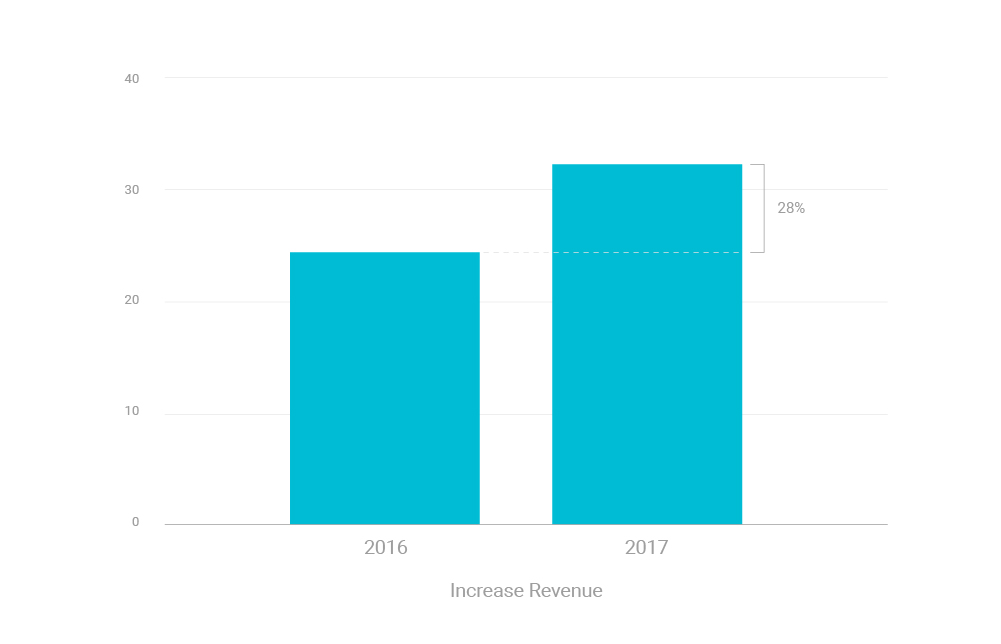We asked marketing decision makers to reflect on the key opportunities and challenges they faced in last year's analytics initiatives. And we asked them what they expect to encounter in 2017. While more than half said their marketing organization is effectively using analytics to influence decisions or drive action, they still reported data-related challenges.1
Where we've been: 2016 analytics roadblocks
Seventy percent of marketing decision makers said their primary goal for 2016 analytics initiatives was to improve campaign effectiveness, increase revenue, or optimize spend.2 But it wasn't always easy to meet those objectives. At the top of the list, 61% of marketing decision makers said they struggled to access or integrate the data they needed last year.3 And that issue isn't going away, as the amount of data being created continues to grow. Solving the problem will take the right talent and support from the top. Yet 26% of marketers said they didn't have the right analytics talent or enough of it.4 The same number reported it was a struggle to get buy-in and support from executives.5
61% of marketing decision makers said they struggled to access or integrate the data they needed last year.
Where we're going: Owning the customer experience
While many of the specific analytics challenges from last year remain top of mind, marketers are making progress. When asked to anticipate 2017 challenges, 22% of marketers cited not having the right tools or technology as a concern—a 15% decrease from last year's reported struggles.6 As we look to the future, the challenges are not so much about acquiring tools as they are about unlocking their full potential—and uncovering useful marketing insights.
A recent Economist study showed that 86% of CMOs and senior marketing executives believe they'll own the full end-to-end customer experience by 2020.7 That's a tall order. But in today's digital world, the future is bright for marketing leaders who build a culture of growth that uses data and testing to improve customer experience day by day.
When organizations embrace marketing analytics as a means to create value, customers tend to be happier—and that can flow to the business. That's a good thing, considering that increasing revenue topped the list of primary marketing objectives for 2017 analytics initiatives, a 28% increase from last year.8
What Was/Will Be the Primary Objective for Your Marketing Analytics Initiatives?

Marketers are also prioritizing KPIs that capture broad business goals. In fact, a new study from Econsultancy and Google reported that 95% of leading marketers agree that "to truly matter, marketing analytics' KPIs must be tied to broader business goals."9
How we'll get there: Three strategies for 2017
Take inventory: Outline a data strategy so your organization knows what data you have, how you intend to use it, and how it will be shared. Then focus on the marketing analytics that will drive key growth objectives.
Organize your data: Integrate a variety of data sources to help you create a holistic view of your customers' behavior. The marketing insights you uncover can open up new opportunities.
Share a story: Tell leaders in your organization about an insight you've uncovered and show how it can help achieve business goals. With the right support on your side, you can turn insights into action and drive measurable growth.
Download How Analytics and Machine Learning Help Organizations Reap Competitive Advantage to learn more about how you can overcome the data challenges your organization faces this year.







